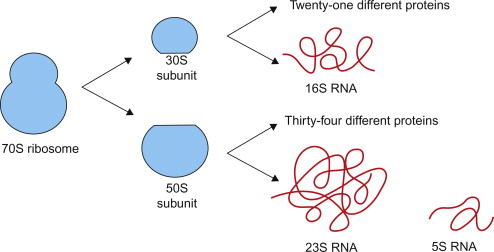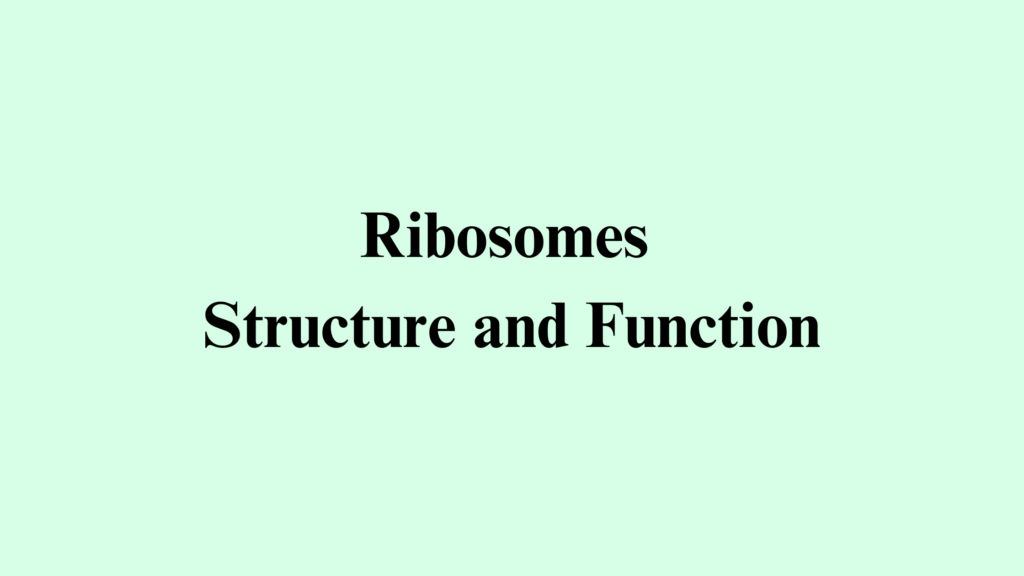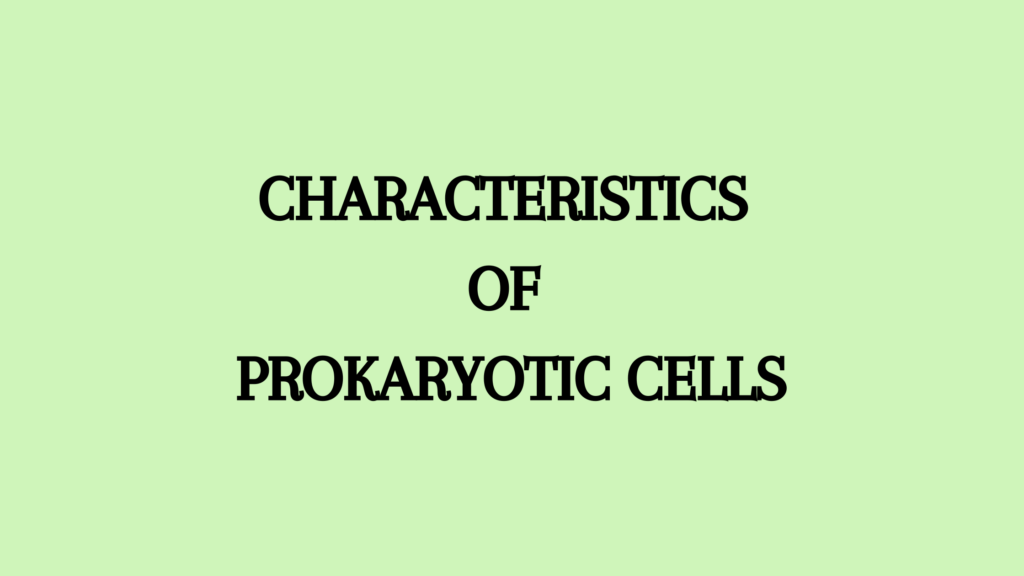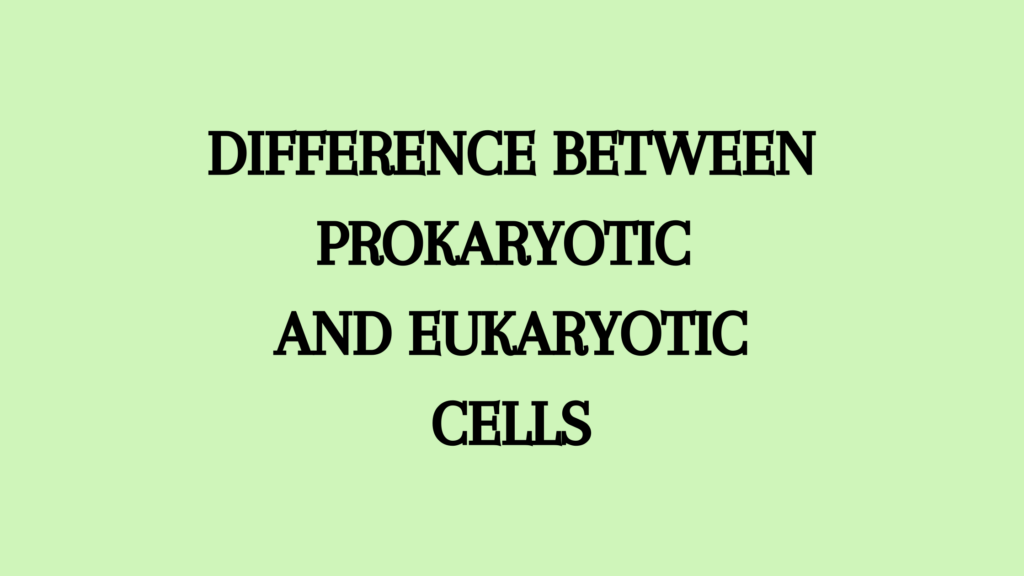Ribosomes are microscopic bodies found in both prokaryotic and eukaryotic cells. Here, we will see in detail about ribosomes structure and function.
Ribosomes were discovered by George Palade in animal cells in 1953 and he named them ribosomes in 1955.
Characteristics of Ribosomes
- Ribosomes float in the cytoplasm of prokaryotic cells.
- In eukaryotic cells, they are found floating in the cytoplasm and also attached to the outer surface of the rough endoplasmic reticulum and nuclear envelope.
- They are also found in the matrix of mitochondria, stroma of chloroplast, etc, and are called organelle ribosomes to distinguish them from the cytoplasmic ribosomes.
- The organelle ribosomes are called mito ribosomes and plastid ribosomes.
- They are found abundantly in cells that are actively synthesizing cells of the liver, pancreas, endocrine, lymphocytes, yeast cells, and meristematic cells and fewer in less active and starved cells.
- It is abundant in cancer cells.
Origin of Ribosomes
In prokaryotes, rRNA and proteins are synthesized in the cytoplasm. The eukaryotic cell synthesizes ribosomes in the nucleus.
Ultrastructure of Ribosome
- A eukaryotic ribosome shows a groove at the junction of small and large subunits.
- From the groove, a canal or tunnel extends through the large subunit and opens into a canal of the endoplasmic reticulum.
- It is held that polypeptides are synthesized in the groove between the two ribosomal subunits.
- This main function of the ribosome involves three stages such as initiation, elongation, and termination.
- After that, the newly synthesized polypeptide will pass through the tunnel of the larger subunit to the endoplasmic reticulum.
Chemical Composition
- Ribosomes are mainly composed of rRNA and proteins while the Mg++ ions help bind the two subunits.
- Depending on the type of ribosome, the proportion of the main ingredients, RNA and proteins, vary.
- The ratio of these components in prokaryotes and eukaryotes is 60:40 and 50:50, respectively.
- The rRNA, which gives name to ribosomes, forms 80% of the cellular RNA.
- The proteins are of basic type and are seen in different kinds that are structural or enzymatic in functions.
- The enzyme peptidyl transferase, which is the catalyst for the peptide bond formation, is an integral part of the larger subunit of the ribosome.
- The rRNA which is inside the ribosome is completely covered by proteins. Thus ribosomes are called ribonucleoprotein particles.

Types of Ribosomes
Ribosomes are of two types- 70S and 80S. The S stands for Svedberg unit, a measure of particle size dependent on the speed with which the particle sediments in ultracentrifuge (s= 1 x 10-13 sec).
70S ribosomes are found in prokaryotic cells and in the mitochondria and plastids of eukaryotes. They are 20-30 nm in diameter. The 80S ribosomes are seen in the cytoplasm of eukaryotic cells and are 25-35 nm in diameter.
- Both types are structurally similar, minute, spherical, and hydrated organelles without a membrane.
- Each ribosome has two subunits- one larger dome-shaped and one smaller ovoid.
- These subunits exist separately in the cytoplasm and join to form ribosomes only at the time of protein synthesis.
- During this time, 6-8 ribosomes join to form a string of mRNA chains or polyribosome or polysome.
- The number of ribosomes in a polysome varies with the size of the protein that is being synthesized.
- After the synthesis of proteins, the ribosomes leave the mRNA chain and dissociate into subunits. Mg++ ions are thought to bind the subunits to form a ribosome.
Functions of Ribosomes
- They are the site and provide enzymes necessary for protein synthesis. Thus they are called protein factories of the cell.
- Ribosomes bound to membranes or the liver and pancreas synthesize secretory proteins.
- Free ribosomes produce structural and enzymatic proteins for the cells to use. Such cells are developing muscle cells, skin cells, erythroblasts, etc.
References
- Agarwal, P. V. |. V. (2004). Cell biology, Genetics, Molecular Biology, Evolution, and Ecology: Evolution and Ecology. S. Chand Publishing.
- Bhagavan, N., & Ha, C. (2010). RNA and Protein Synthesis. Essentials of Medical Biochemistry, 301-320. https://doi.org/10.1016/B978-0-12-095461-2.00023-0
Additional Reading
- Structure and Function of Golgi Apparatus
- Types of Plastids and Their Functions
- Mitochondria: Structure and Function
- Structure and Function of Chloroplast




